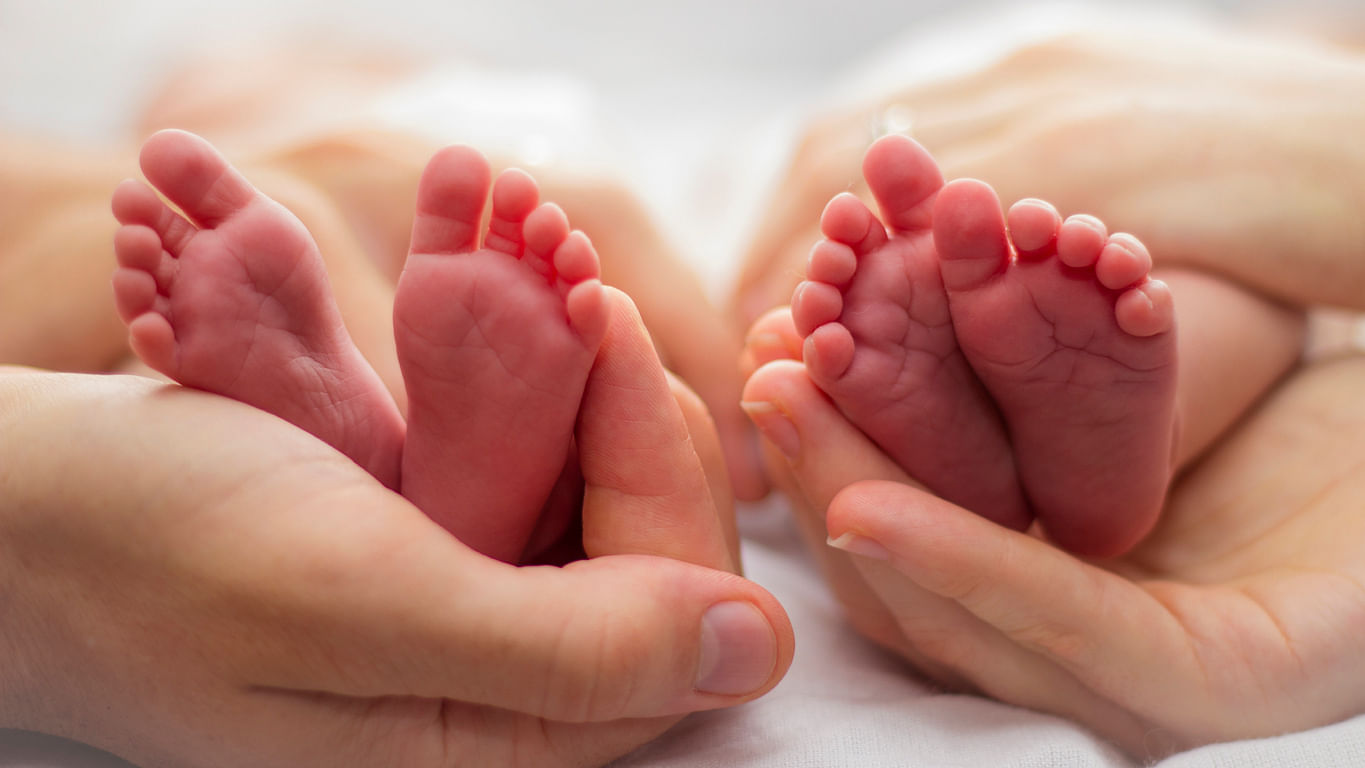
In one of the difficult surgeries in recent times, conjoined twins who were conjoined at abdomen were successfully separated after a six-hour surgery in the Bai Jerbai Wadia Hospital for Children at Parel here.
It was a difficult task for the big team of paediatric surgeons, neonatologists, paediatric anesthesiologists, plastic surgeons, radiologists, cardiac surgeons, who conducted the surgery on 3 January. Twins are now back home, the Bai Jerbai Hospital announced on Wednesday.“Both girls who were joined at the abdomen and shared a liver, lower chest bone and abdominal cavities are now living as two healthy kids,” said Dr Pradnya Bendre, the treating doctor.
The young couple were devastated after an antenatal ultrasound scan performed suggested that they have twins who are joined at the abdomen probably conjoined. However, the couple approached Bai Jerbai Wadia Hospital for Children, Parel in brave determination to bring these two lives to the world overcoming all the problems with a lot of hope.“The twins were Omphalopagus joined together from chest bone to umbilicus.
Extensive counselling of parents about the complexity and rarity of the condition and knowledge preparation of the treating team started soon after they approached the Wadia Hospital,” the doctors said. Every aspect of treatment was challenging starting from the safe delivery of children to successful separation. The mother was followed up closely till term and then the twins delivered by a planned cesarean section in the presence of the whole team.
The babies had a combined weight of 4.2kg at birth, were kept in the NICU after birth. The babies were clinically active and fused at the abdomen from the lower part of the sternum to the common umbilicus. The babies then underwent extensive investigations to understand the anatomy and complexity of separation surgery.“On CT scan imaging, the twins shared a liver, lower chest bone, and presumably intestines. They were nursed maintaining some distance to stretch the tissues so as to obtain adequate cover at the time of surgery. The decision of going into separation was a perplexing task.
Delaying surgery till babies grow makes surgery easier for surgeons but difficult for parents to look after them.”The doctor underscored, “One baby was pink while the other was pale. CT scan also showed one major vessel going from one baby to another resulting in differential circulation.
This is known in omphalopaguses sharing common liver which ultimately leads to overloading one baby in turn cardiac failure. All the complexities, risks, and benefits of early versus late surgery were discussed with parents who opted for separation surgery which was carried out on the 14th day after their birth.”They were having a common liver and were joined from the lower chest bone up to the umbilicus.
“Conjoined twins are seen in 1:50000 to 1:200000 of all live births and less than 300 successful surgical separations are done in the past. Omphalopagus twins comprise10% to 18% of all conjoined twins. This is the fourth successful separation of conjoined twins successfully performed at Wadia Hospital, the last three being in the last 7 years.
“The success rate of conjoint is about 50 %. The exhaustive preoperative assessment, planning, and encouraging as well as financial support from the management lead to a 100% success rate”, said CEO Dr Minnie Bodhanwala.